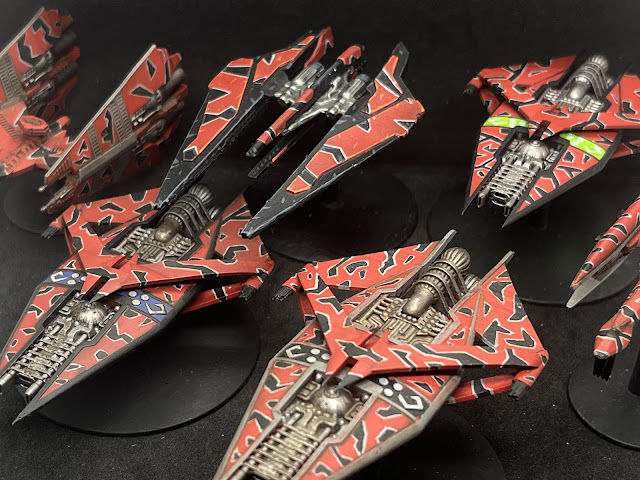The Shipyard: The Arctic-Class Heavy Cruiser
In the last Shipyard I looked at the Kitty hawk-class light carrier. Today I will be looking at the Arctic-class heavy cruiser.
This is a design by Richard Bax and Lars Joreteg and first appeared in Babcom issue 15. You may also know it as the Triton or Polaris. All are essentially the same design. I am not aware of any rules for the ship for A Call to Arms (comment below if I'm wrong) so given the fact that Tyrel Lohr has designed a very nice STL I decided to formulate my own rules for our own games.
The full history of the ship can be found in Babcom 15, but in brief, The ship is based around the particle cannon found on the Earth Alliance G.O.D. (Global Orbital Defense) Satellites, and was to combine this weapon in a ship equipped with a jump engine, long endurance, improved defenses and carry a useful number of fighters. This was all to be mounted on a platform that was smaller than a Hyperion. This is a tall order, especially when one considers that it mounts the same particle cannon that the Warlock Advanced Destroyer does, and comes in at about 1/3 the length. It should be noted though that the Warlock mounts a pair of these weapons rather than a singleton. Only one was produced and highlighted several issues with the compact design. It was a maintenance nightmare, and the compact design meant that damage control would be much more difficult with components in such close proximity.
The Rules
The trick then is how to translate this into a ship that's usable in A Call to Arms. Firstly its a small ship, and outside of the primary armament it has fairly limited firepower. This is a ship that's designed to engage targets to the front, and the Heavy Particle beam is quite literally a point and shoot affair, the ship has to be pointing straight at the opponent. It does have some additional Heavy Laser cannons, but these are a secondary concern.The ship also has smaller than would be liked engines, meaning acceleration is lower than one would like. It was designed to get the particle cannon into action though, so the ship will have to be fairly agile.
We also have to consider that the ship, given the tightly packed components is a lot easier to knock out of action if you can get past its active defenses and through its Armour.
 |
| The EAS Arctic as part of a Task force |
This is backed up by a Pair of medium lasers with good arcs of fire, and pulse batteries. not forgetting of course, it is designed to carry Thunderbolts, so gets a squadron of them (2 Flights). Its also unique, so only one of them.
 |
| The Arctic next to its larger cousin, the Warlock |
Let me know, and I will see you next time.





Comments
Post a Comment